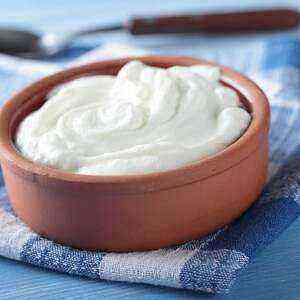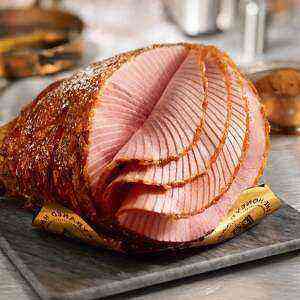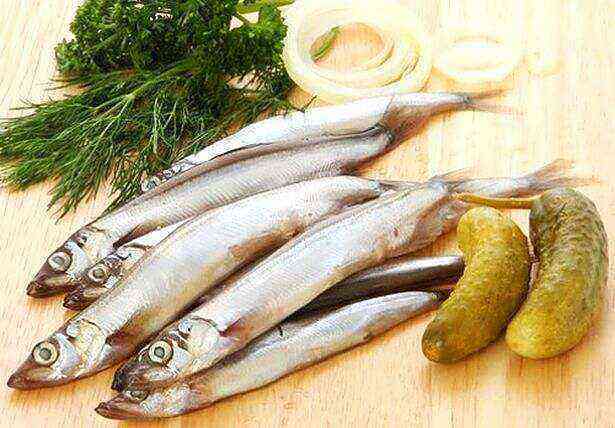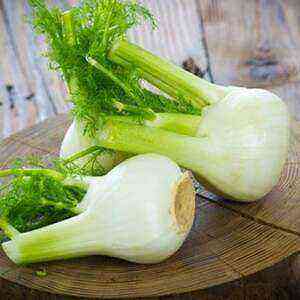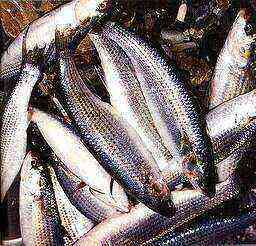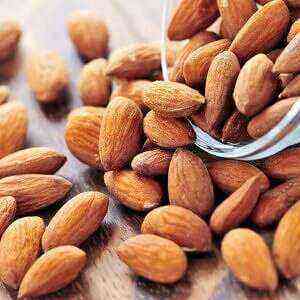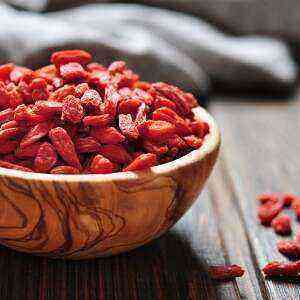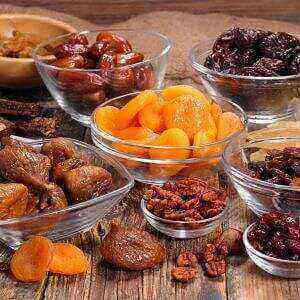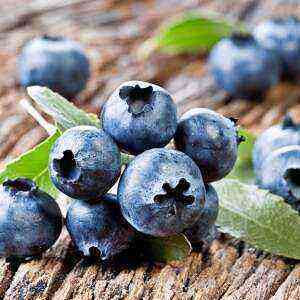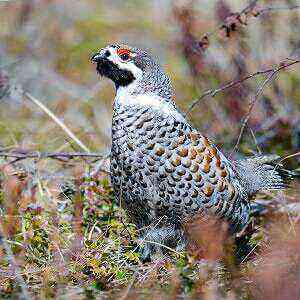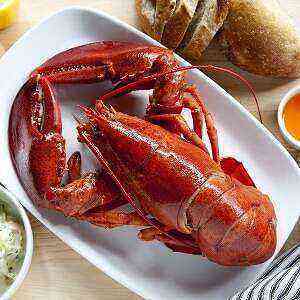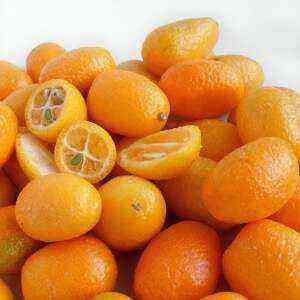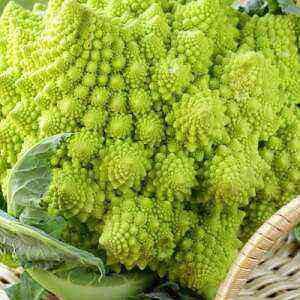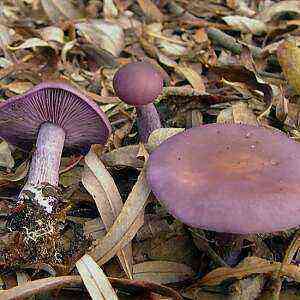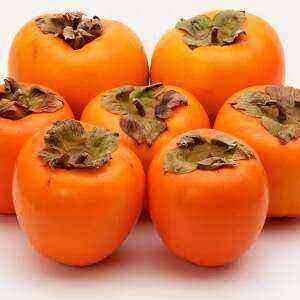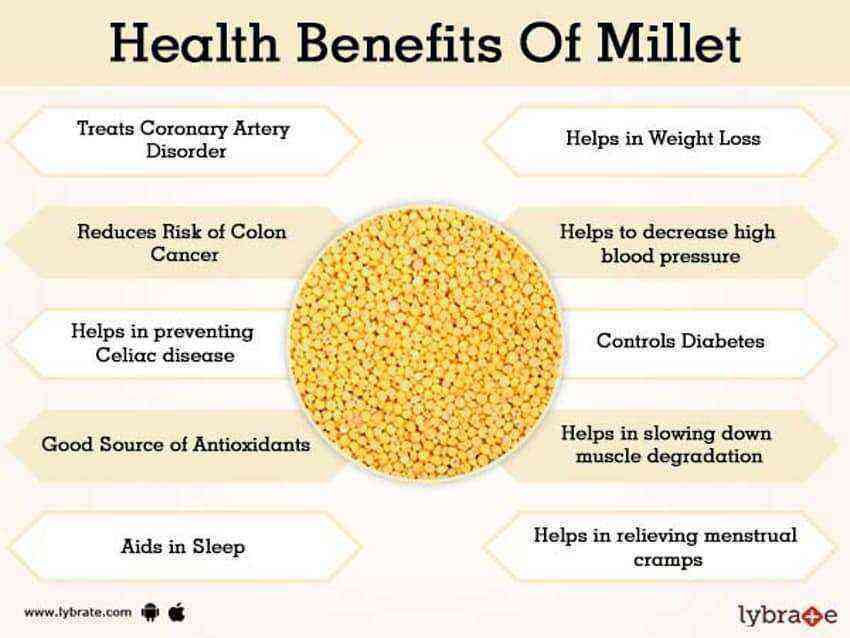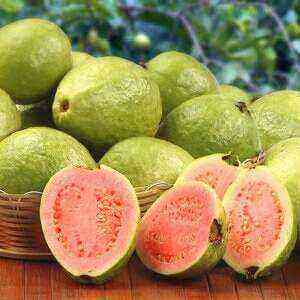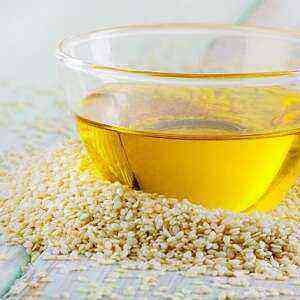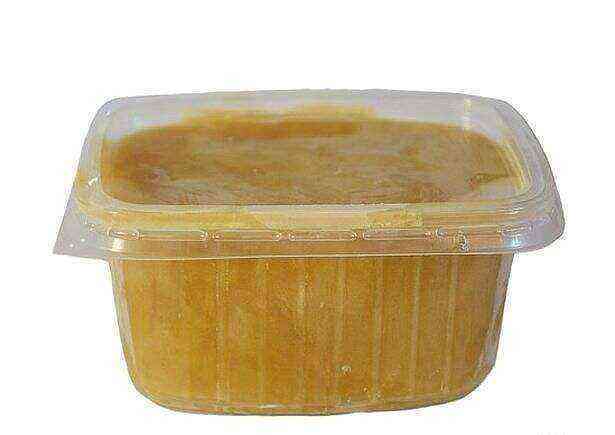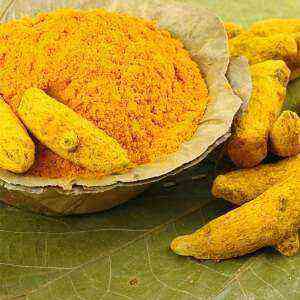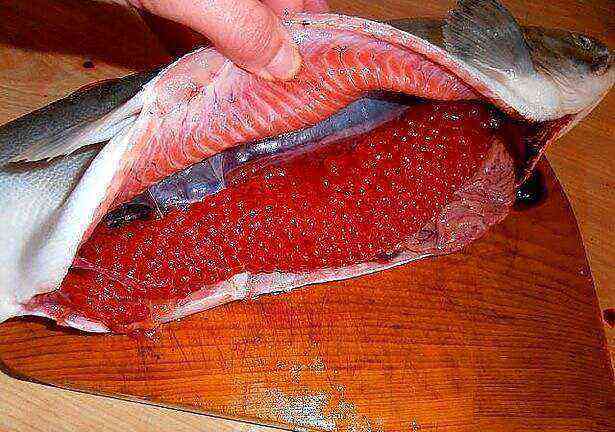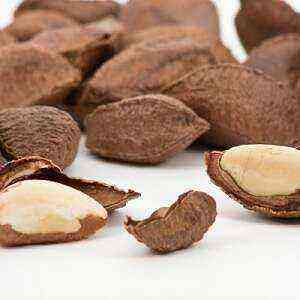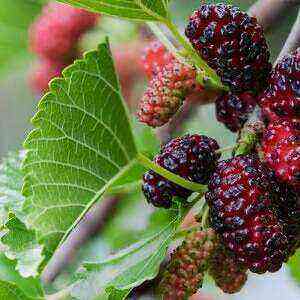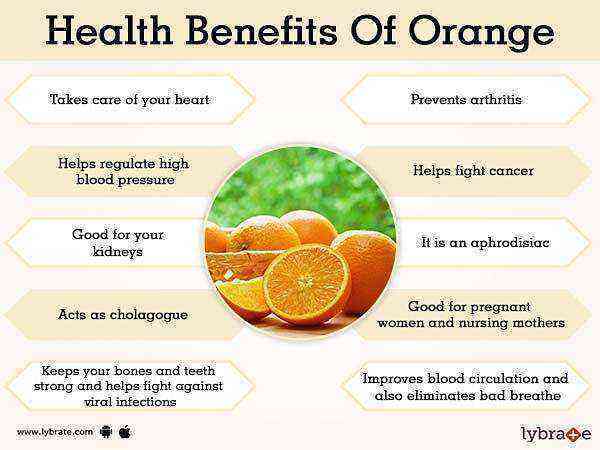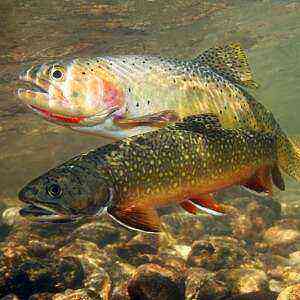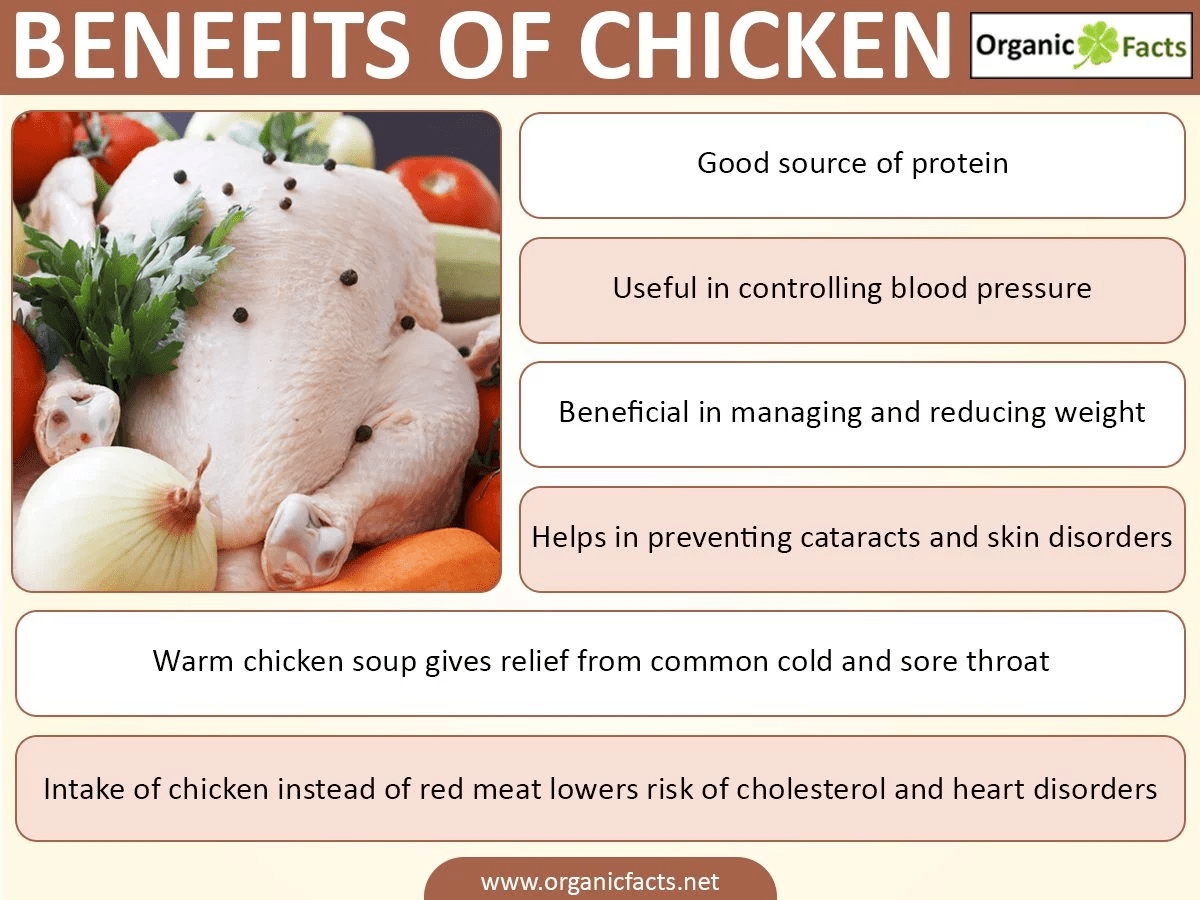There is also a division of pork into categories depending on the sex and age of the slaughtered animal, the weight of the carcass and the amount of fat on it. So the following varieties of pork are distinguished: meat of boars, dairy pigs, young animals and such products that are used mainly for processing.
See also: How to choose fresh meat
Vitamins and minerals
The chemical composition of pork meat is especially rich in B vitamins: B1, B2, B3, B5, B9, B12. Their content in meat is comparable, and in some cases even exceeds that of beef. In addition to it, the chemical composition of pork is rich in calcium, magnesium, phosphorus, potassium, sodium, sulfur, zinc, iodine and other mineral components.
A substantial part of pork is lard, for which it is famous in Ukraine. However, if you cut off the fat itself, then the remaining meat will be much leaner than even beef. This is the good composition of pork: it is easy to separate the fat from the meat itself and there is everything separately, if necessary.
Further, the protein content of pork tenderloin is even higher than that of beef. This allows us to recommend pork to athletes and children, since they most of all need building materials for the tissues of their body. And together with proteins and vitamins, pork has several other very useful properties.
The benefits of pork
The beneficial properties of pork are that the pork fat itself, called lard, is much more easily digestible than any other animal fat. In addition, it also has the least stress on the digestive tract, never leading to intestinal disorders and pathologies.
